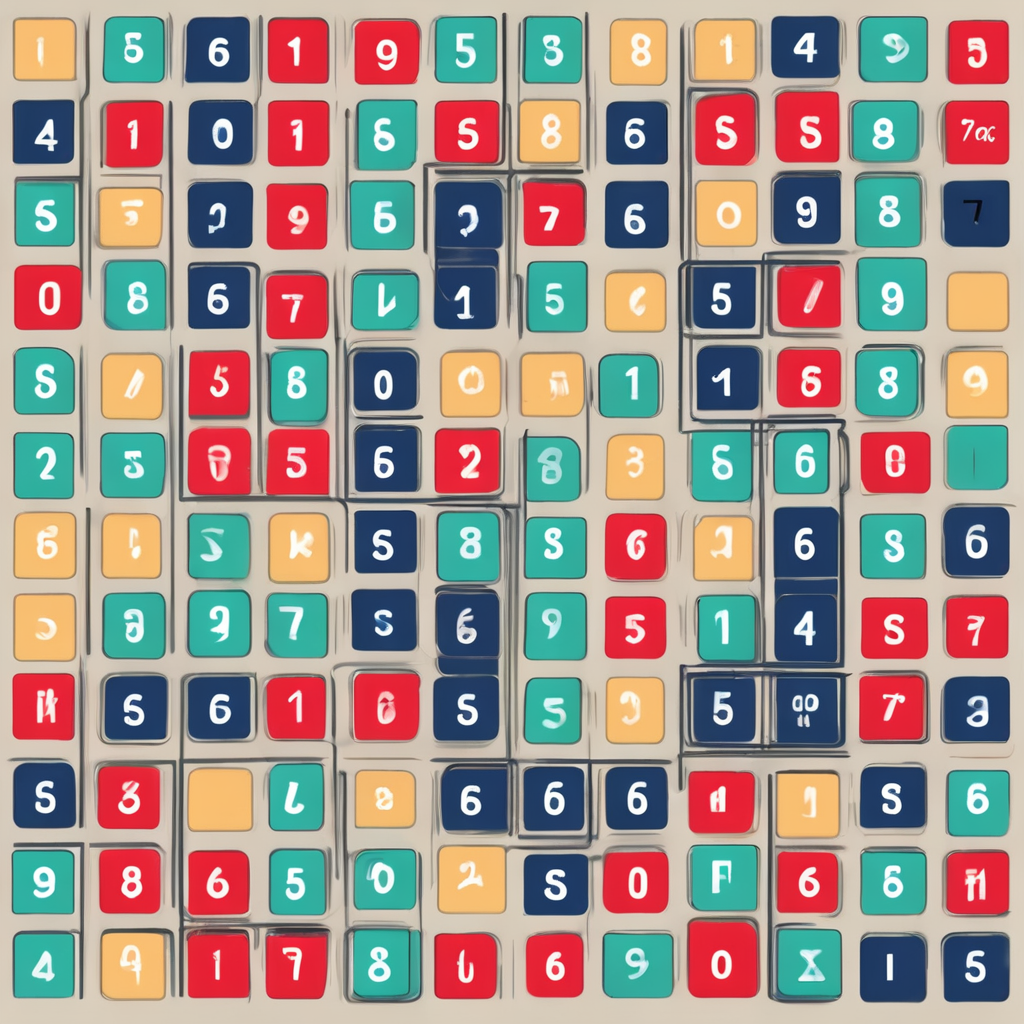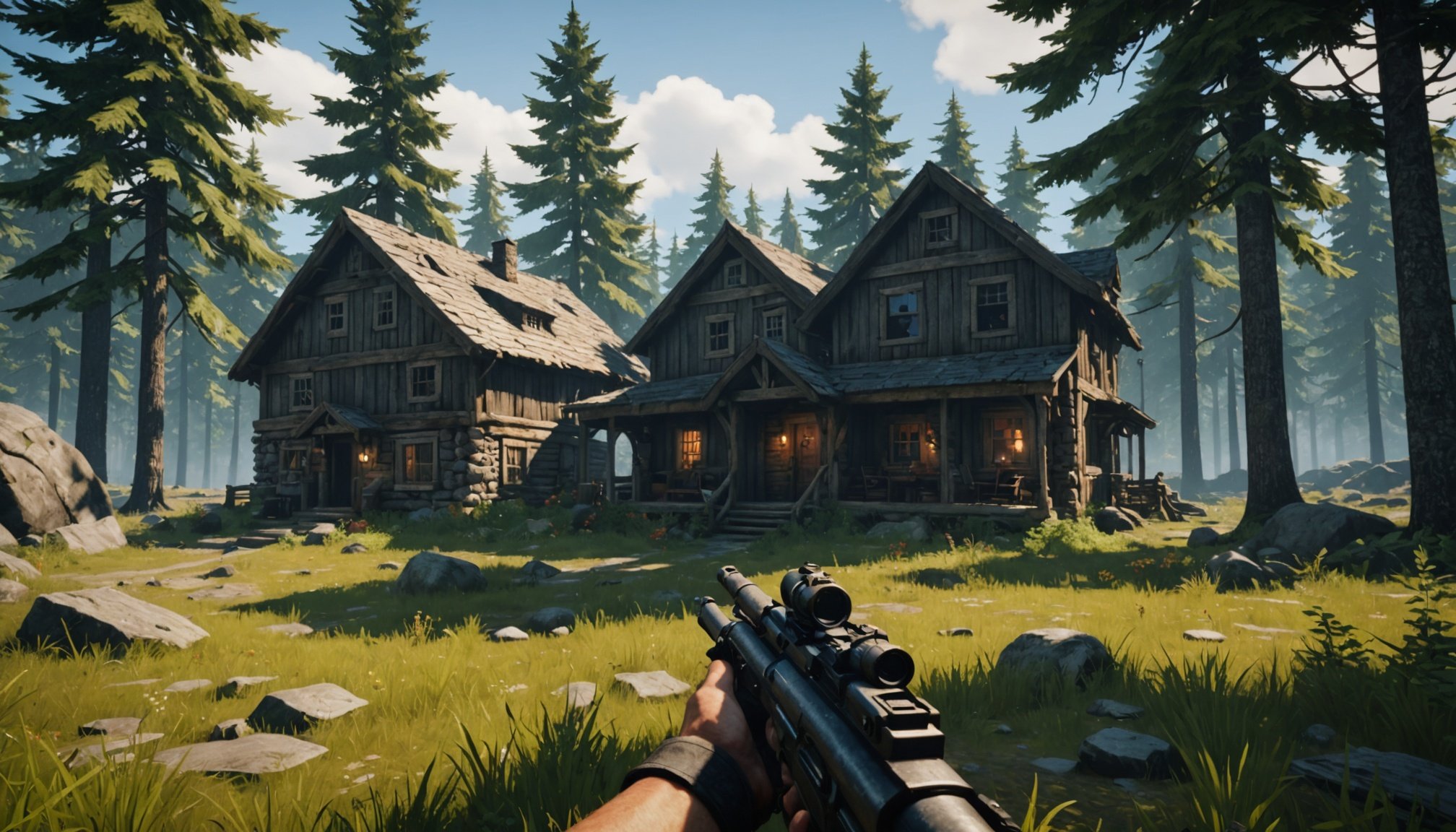Case Studies of Successful Integrations
Survival games often captivate players by simulating real-world challenges, and some standout titles successfully weave real-world physics into their mechanics. For instance, “Minecraft” and “Rust” exemplify how physics can enhance player experience. These games model gravity and material interaction, crafting environments that mimic the unpredictability of nature. Innovative crafting methods in these games create distinct player engagement, where actions feel consequential and logical.
In “Minecraft,” the block-based world utilizes simple physics to offer endless creativity. As players gather resources and build structures, they encounter constraints like gravity and material strength, fostering more immersive gameplay. Similarly, “Rust” emphasizes survival aspects by integrating physics into combat and resource management, rewarding players for strategic thinking and adaptation to different scenarios.
Also to read : Crafting Immersive Tactical Shooters: Tips for Developers to Elevate AI Enemy Realism
Detailed player feedback highlights the benefits of these systems. Before integrating advanced physics, some games received criticism for a lack of depth or realism. However, with these enhancements, player retention rates often soar. Engaging environments where crafting mechanics reflect real-life limitations and possibilities captivate players, encouraging longer play sessions and fostering a loyal community. Game development thus evolves, prioritizing player satisfaction through innovative, reality-based systems.
Introduction to Real-World Physics in Survival Games
Real-world physics plays a transformative role in survival games by enriching player engagement through innovative crafting mechanics. Traditional crafting lacked complexity, often restricted to simple recipes and predefined rules. This limitation hindered the immersive potential of survival games, making environments feel static and predictable.
Also to see : Mastering Realistic Sand and Desert Landscapes: Expert Techniques for Adventure Game Developers
Introducing real-world physics into gameplay injects a layer of realism that fosters deeper immersion. By simulating authentic physical interactions like gravity, friction, and material properties, games generate environments that mimic natural laws, enhancing player delight. This realism requires players to adapt and strategise, blurring the lines between digital worlds and reality.
The role of physics in enhancing player experiences is significant. It transforms the mechanics of gathering and building into engaging challenges. For instance, structures must consider physics laws; a poorly constructed bridge may collapse under weight, compelling thoughtful design. Such intricate challenges encourage critical thinking and problem-solving, stimulating players’ imaginations.
Innovative crafting mechanics, anchored in physics, offer more than just realism; they redefine player interaction with the game world. As players engage with these mechanics, they experience satisfaction akin to overcoming real-world challenges, driving prolonged engagement and elevating player satisfaction. This alignment with reality allows for more meaningful and enjoyable gaming experiences.
Mechanisms of Integrating Real-World Physics
Introducing real-world physics into games isn’t just about making environments look realistic; it’s a complex process that can profoundly affect crafting mechanics.
Physics engines play a crucial role in this integration. They simulate various physical interactions such as gravity, friction, and collision, adding depth to the gameplay. For instance, in crafting-heavy games, these engines ensure that building structures must adhere to realistic principles, where overlooking physics might result in collapse or inefficiency.
Different types of interactions can be simulated to enrich game mechanics. Gravity affects how objects fall and interact, friction influences movement dynamics, and collision determines how entities interact with each other during gameplay. These elements combine to create a more immersive and logical world.
For developers, implementing physics-driven systems requires careful consideration. Balancing realism with enjoyable gameplay is essential. Overly complex systems can frustrate players, while overly simple ones might fail to engage them. Therefore, choosing the right level of physics complexity is crucial to maintaining player interest and satisfaction. By strategically integrating these elements, games can offer a captivating, challenging, and authentic experience.
Benefits of Enhanced Crafting Mechanics
Integrating real-world physics into survival games is not merely a gimmick; it offers tangible benefits that heighten player satisfaction and engagement. Realistic interactions within the game world encourage players to employ strategic thinking, thereby enhancing problem-solving skills. For example, when game structures must adhere to actual physical laws, players learn from trial and error, fostering a more rewarding gameplay experience.
These enhanced mechanics also stimulate creativity. As players navigate through realistic environments, they are compelled to devise unique strategies to overcome obstacles. This necessity for innovation enriches the gaming experience, making it more dynamic and fulfilling.
Furthermore, games with immersive crafting systems often boast longer player retention rates. Realistic mechanics create engaging challenges that require dedication, turning casual gamers into loyal community members. When virtual actions mirror real-world possibilities, players are more likely to stay invested in the game, exploring all it has to offer.
Ultimately, these crafting mechanics not only sustain but elevate the gaming experience. By aligning gameplay with reality, developers can deliver depth and complexity that traditional systems lack. This shift marks a significant advancement in game design, catering to players’ desires for more authentic and enjoyable interactions.
Design Tips for Developers
Incorporating real-world physics into survival games presents a fascinating challenge for developers. Balancing realism with engaging gameplay is crucial. Developers should prioritize simplicity when designing crafting mechanics. Complex systems may alienate players if not implemented intuitively. A practical strategy involves introducing physics gradually, allowing players to acclimate to new mechanics naturally. Initial easing can involve simplifying physics interactions before scaling up complexity.
User testing is vital in refining these systems. Feedback from players helps identify where realism might disrupt gameplay. It can also pinpoint areas where enhanced realism could enrich the experience. Players’ insights guide developers in fine-tuning mechanics to improve overall satisfaction.
Iterative development is another recommended approach. Continually updating and enhancing crafting features ensures they remain engaging and innovative. This involves regular assessments of game dynamics and crafting systems based on player reactions.
Consider involving the community in the development process. Their insights are invaluable for shaping survival games‘ future. Integrating community suggestions can result in more meaningful and enjoyable gaming experiences, aligning with player expectations and desires. Thoughtfully combining realism with engaging gameplay ensures a balanced, immersive crafting system that captivates and sustains player interest.
Future of Crafting in Survival Games
The future of crafting in survival games is poised for innovation through emerging technologies. As developers continue to explore possibilities, the integration of AI and machine learning could significantly enhance crafting mechanics. These technologies offer opportunities to create more dynamic environments where player decisions impact the game world in real-time, leading to unique and personalized experiences.
Innovations in immersive technologies, like virtual reality (VR) and augmented reality (AR), are set to transform how players interact with crafting systems. By allowing players to engage with game worlds in a more tactile and intuitive manner, these technologies can deepen immersion and increase player engagement.
Looking ahead, the development of adaptive game systems could become a trend. These systems would change according to player strategies, offering challenges that evolve with player skills. Such adaptations would ensure that gameplay remains stimulating and caters to a broad range of player abilities.
Community feedback will remain vital in shaping future developments. Player insights can guide developers in refining systems and incorporating mechanics that align with player expectations. This collaborative approach fosters a game design evolution that consistently meets the gaming community’s desires for innovation and engagement.











